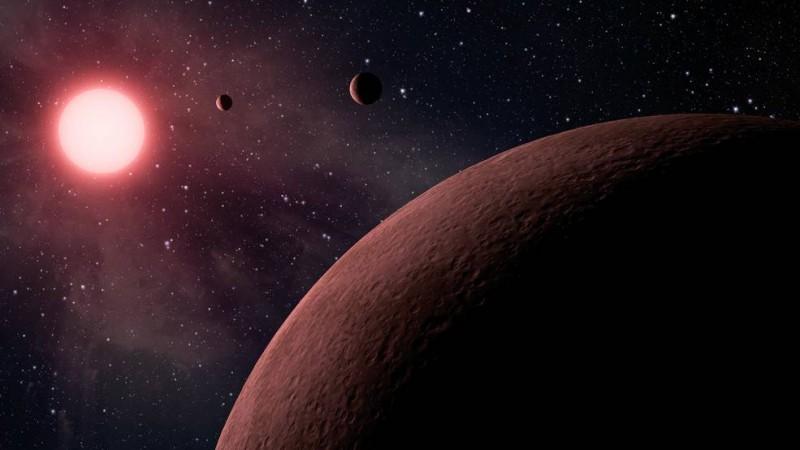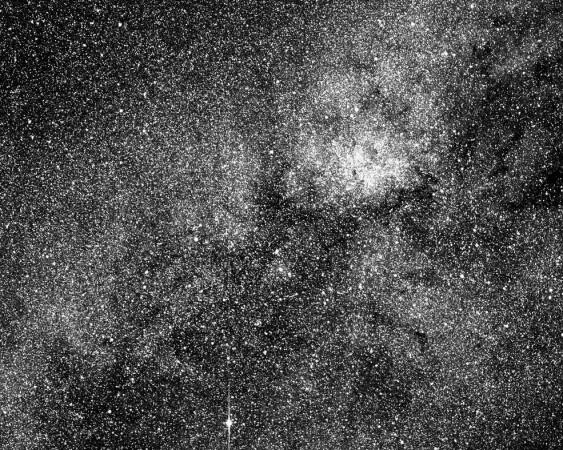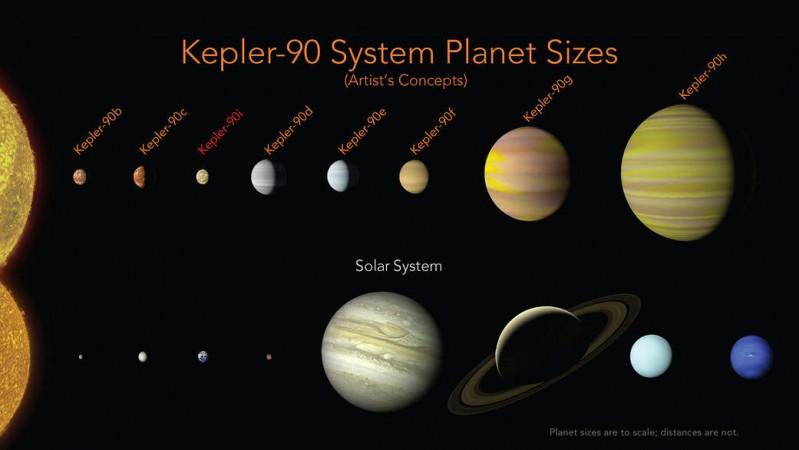
Astronomers have found a group of planets where there are the same chemical conditions that allowed life to develop on Earth exist.
According to a release put out by researchers from the University of Cambridge and the Medical Research Council Laboratory of Molecular Biology (MRC LMB), chances for life to evolve on a rocky Earth-like planet is directly related to the strength and type of light that emanates from its host star.
The study proposes that it is the amount of ultraviolet (UV) energy that a star gives out, if sufficient, could trigger life on its orbiting planets, similar to how the Sun likely kick-started life here on Earth. It is believed that UV light powered a series of chemical reactions that, in turn, produced the building blocks of life itself.
Researchers identified a number of planets where UV light from their host stars could be enough to allow similar chemical reactions to take place. These planets are also within the Goldilocks zone, or habitable zone where the conditions are just right to allow liquid water to exist on the surface- another important ingredient for life.
"This work allows us to narrow down the best places to search for life," said Dr Paul Rimmer, of Cambridge's Cavendish Laboratory and the MRC LMB- he is also the paper's first author, it was co-authored by Professor John Sutherland of the MRC LMB.
"It brings us just a little bit closer to addressing the question of whether we are alone in the universe," said Rimmer.
In a previous paper published in 2015, Sutherland proposed that cyanide, although a deadly poison to humans now, was a key ingredient in the "primordial soup" from whence life sprung out.
In this hypothesis, carbon that came from meteorites slamming into a young Earth, billions of years ago interacted with atmospheric nitrogen to form hydrogen cyanide which rained to the surface, where it interacted with other elements powered by UV light from the Sun.
Chemicals produced, as a result, generated the building blocks of RNA, a close relative of DNA which biologists believe was the first molecule of life that also carried data.
Running laboratory tests, Sutherland's team were able to recreate similar chemical reactions under UV lamps and were able to generate precursors to lipids — amino acids and nucleotides — essential components of living cells.

"I came across these earlier experiments, and as an astronomer, my first question is always what kind of light are you using, which as chemists they hadn't really thought about," said Rimmer.
"I started out measuring the number of photons emitted by their lamps, and then realised that comparing this light to the light of different stars was a straightforward next step."
The two teams of scientists performed series of lab-based experiments to calculate just how quickly "building blocks of life" can be formed from hydrogen cyanide and hydrogen sulphite ions in water with the addition of UV light similar to what would have come from the Sun in those initial years.
This same experiment was then conducted in the absence of light.
"There is chemistry that happens in the dark: it's slower than the chemistry that happens in the light, but it's there," said senior author Professor Didier Queloz, also from the Cavendish Laboratory.
"We wanted to see how much light it would take for the light chemistry to win out over the dark chemistry."
This experiment, with only hydrogen cyanide and the hydrogen sulphite, formed an inert compound, the researchers found, which could not have formed the building blocks of life. The same experiment performed under lighting did indeed result in the necessary building blocks.
Researchers then compared the light experiment to the dark one against the UV light of different stars. Using this data, they plotted how much UV light was made available to planets that were in orbit around these stars to try and find out if there was, any chance of the right chemical reactions taking place.
The team found that stars similar to the Sun in terms of heat and light production could emit just enough light for the building blocks chemical reaction to take place. Cooler stars, just do not produce enough light for this chemistry unless they have frequent and powerful solar flares to jolt reactions up by a few steps at a time.
So planets to host life need to satisfy at least two important criteria—enough light to activate the chemistry and have liquid water on the surfaces. Then these planets will reside in what the researchers call the abiogenesis zone.
As of now, several exoplanets are known to reside in the abiogenesis zone and detected by the Kepler telescope, including Kepler 452b—Earth's 'cousin,' in spite of the fact that it is too far away to probe using available technology.
Researchers are hoping that upcoming generation telescopes, like NASA's TESS and the troubled James Webb telescope, could perhaps identify and possibly characterise many more such planets that lie in the abiogenesis zone.
The study was first published in the journal Science Advances.


















